A Deep Dive into Japanese Spring Holidays: Dates, Meanings, and Traditions
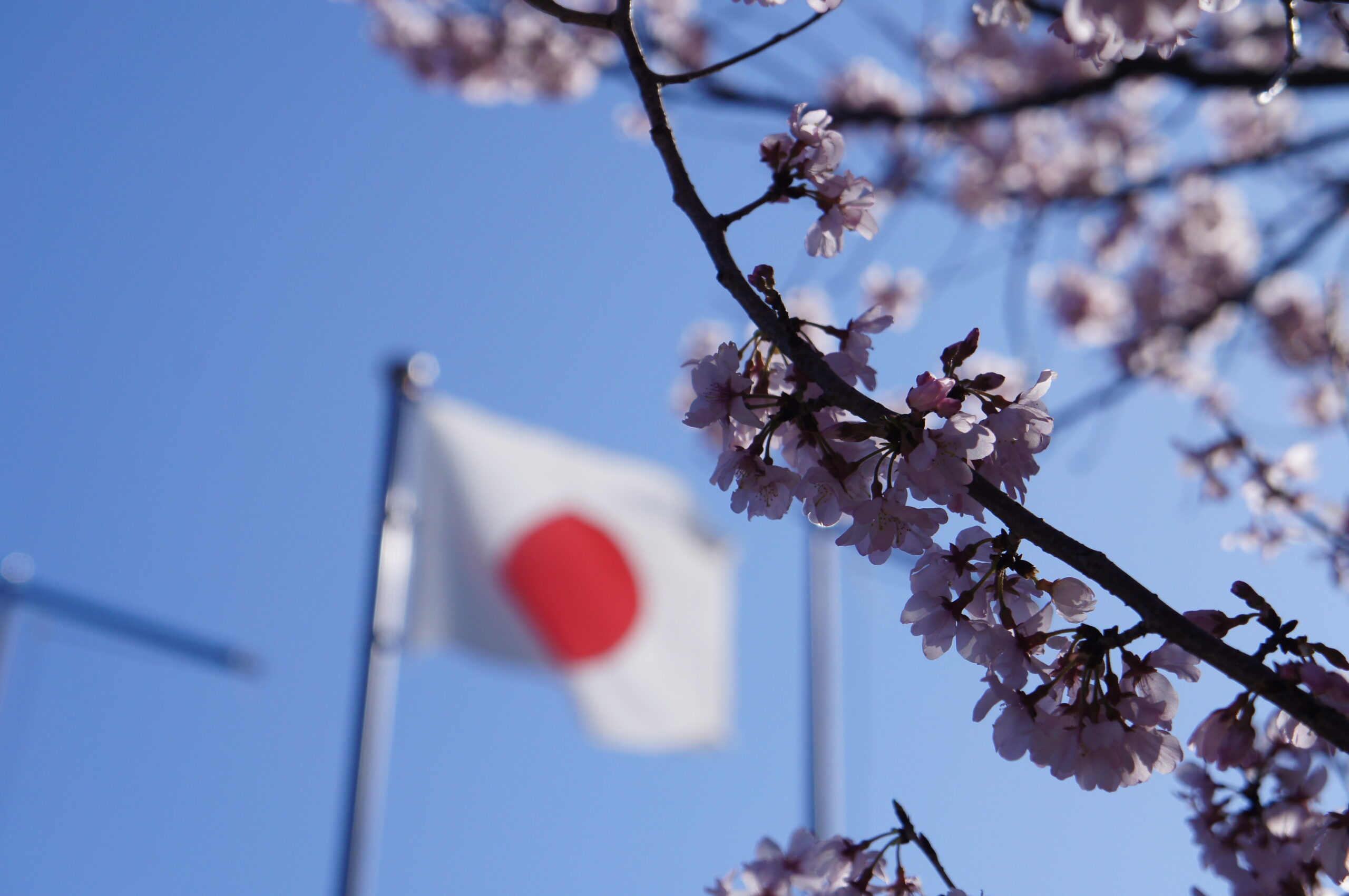
You might be thinking, “Japanese spring holidays are beautiful, I see pictures of cherry blossoms everywhere, but what are people actually celebrating? Are these just days off, or is there something deeper to understand?” You might be thinking that.
Actually, Japanese spring holidays are much more than just pretty scenery; they are deeply rooted in rich cultural traditions and historical meanings.
In this article, we will take a deep dive into Japanese spring holidays, exploring their specific dates, uncovering their fascinating meanings, and detailing the unique traditions that make this season so special in Japan.
Introduction to Japanese Spring Holidays
The Arrival of Spring: A Time of Beauty and Renewal in Japan
Spring in Japan, or 春 (Haru), is more than just a change in the weather; it’s a season deeply intertwined with the nation’s culture and spirit. As winter’s chill recedes, Japan awakens in a breathtaking display of natural beauty. Perhaps most famously, the cherry blossoms (桜, Sakura) begin to bloom, painting the landscapes in delicate shades of pink and white. This iconic floral display is just the beginning of what makes spring in Japan so special. Beyond the visual spectacle, spring is a time of renewal and fresh beginnings. It marks the start of the new academic and business year, symbolizing a fresh chapter for many in Japan. The air is filled with a sense of optimism and energy as people emerge from the quieter winter months to embrace the outdoors and participate in time-honored traditions.
Beyond the Blossoms: Discovering the Cultural Heart of Spring in Japan
While the 桜 (Sakura) are undeniably captivating, to truly understand Japanese spring, one must look beyond the blossoms to the rich tapestry of cultural celebrations and holidays that define this season. Spring in Japan is punctuated by a series of unique holidays and festivals, each with its own history, meaning, and set of customs. These are not simply days off from work or school; they are opportunities to connect with Japanese heritage, reflect on important values, and participate in communal celebrations. From ancient rituals to modern-day festivities, these spring holidays offer a fascinating glimpse into the heart of Japanese culture and its enduring traditions.
Unveiling the Dates, Meanings, and Traditions of Japanese Spring Holidays
This article will take you on a journey to explore the captivating world of Japanese spring holidays. We will delve into the specific dates of these holidays, providing a clear calendar for understanding when they occur. More importantly, we will uncover the deep meanings behind each holiday, exploring their historical roots and cultural significance in Japanese society. Finally, we will detail the unique traditions associated with these holidays, from special foods and decorations to time-honored customs and events. By the end of this exploration, you will gain a deeper appreciation for the richness and depth of Japanese spring culture, moving beyond the surface beauty to understand the celebrations that truly define this special time of year.
Understanding Japanese Spring Holidays: Dates and Significance
Japanese Spring Holidays: A Calendar of Celebration
Spring in Japan is marked by a cluster of national holidays, creating a vibrant period of celebration and reflection. These holidays are not spread evenly throughout the entire season, but rather concentrated in the months of March, April, and May. Understanding the timing of these holidays is key to appreciating the rhythm of spring in Japan and planning any potential visit to experience these cultural events. The most prominent of these holidays fall within a period known as Golden Week (コールデンウィーク), a week-long string of holidays at the end of April and beginning of May. However, significant holidays also occur earlier in the spring, setting the stage for the festive atmosphere that pervades the season.
Japanese Spring Holidays List: Key Dates at a Glance
To provide a clear overview, here are the main Japanese spring holidays with their approximate dates in the Western calendar. Please note that Vernal Equinox Day (春分の日, Shunbun no Hi) is the only holiday with a date that shifts slightly each year, as it is determined by the spring equinox.
Provide a Quick, Easy-to-Read Table of Dates and Names
| Holiday Name (English) | Holiday Name (Japanese) | Romanized Name | Approximate Date | Month |
|---|---|---|---|---|
| Vernal Equinox Day | 春分の日 | Shunbun no Hi | March 20th or 21st | March |
| Showa Day | 昭和の日 | Showa no Hi | April 29th | April |
| Constitution Memorial Day | 憲法記念日 | Kenpō Kinenbi | May 3rd | May |
| Greenery Day | みどりの日 | Midori no Hi | May 4th | May |
| Children’s Day | こどもの日 | Kodomo no Hi | May 5th | May |
This table provides a quick reference for the key spring holidays in Japan. In the following sections, we will delve deeper into the meaning and significance of each of these special days.
Delving into the Significance: The Meaning Behind Each Holiday
Each Japanese spring holiday carries a unique meaning and reflects different aspects of Japanese values and history. They are not simply arbitrary days off, but rather occasions for national reflection, celebration, and cultural expression. Understanding the significance of each holiday provides a richer appreciation for the depth of Japanese culture and the values that are cherished during springtime.
Vernal Equinox Day (春分の日, Shunbun no Hi): Honoring Ancestors and Celebrating Nature’s Balance
Vernal Equinox Day (春分の日, Shunbun no Hi), usually occurring on March 20th or 21st, is a national holiday rooted in both Shintō (神道) and Buddhist (仏教) traditions. At its core, 春分の日(Shunbun no Hi) is a day for honoring ancestors and remembering the deceased. Families often visit ancestral graves (お墓, Ohaka) to clean and decorate them, offering flowers and incense, and spending time in remembrance.
Beyond ancestor veneration, 春分の日 (Shunbun no Hi) also celebrates the vernal equinox (春分, Shunbun) itself, marking the midpoint of spring and the balance between day and night. This reflects the Japanese appreciation for nature and the changing seasons, recognizing the harmony and cyclical nature of life.
Showa Day (昭和の日, Showa no Hi): Reflecting on the Showa Era and its Legacy
Shōwa Day (昭和の日, Shōwa no Hi), observed on April 29th, marks the birthday of Emperor Showa (昭和天皇, Showa Tenno), who reigned from 1926 to 1989. This holiday is not simply a celebration of a past emperor’s birth; it is an occasion for reflection on the Showa Era and its complex history.
The Showa Era was a period of immense change for Japan, encompassing both immense hardship and remarkable recovery and growth. It included the Second World War and the subsequent period of post-war reconstruction and rapid economic development. Showa Day encourages Japanese citizens to reflect on this era, learn from its lessons, and consider the path Japan has taken. It is a day for national remembrance and considering the nation’s journey.
Constitution Memorial Day (憲法記念日, Kenpō Kinenbi): Commemorating the Constitution and Democracy
Constitution Memorial Day (憲法記念日, Kenpō Kinenbi), celebrated on May 3rd, is one of the key holidays within Golden Week (ゴールデンウィーク). This day commemorates the promulgation of the post-war Constitution of Japan (日本国憲法, Nihon Koku Kempō), which took effect on May 3, 1947.
憲法記念日 (Kenpō Kinenbi) is a day to celebrate the principles of democracy, peace, and human rights that are enshrined in the constitution. It is an opportunity to reflect on the values that underpin modern Japan and to reaffirm the commitment to these principles. Often, 憲法記念日 (Kenpō Kinenbi) is marked by public lectures and forums discussing the constitution and its role in Japanese society.
Greenery Day (みどりの日, Midori no Hi): Expressing Gratitude to Nature’s Blessings
Greenery Day (みどりの日, Midori no Hi), observed on May 4th, is another holiday within Golden Week dedicated to nature and the environment. The holiday’s name, “Midori no Hi (みどりの日)” literally translates to “Green Day.” It is a day to appreciate nature’s blessings and to cultivate a sense of environmental awareness. Greenery Day (みどりの日, Midori no Hi) encourages people to spend time outdoors, enjoying parks, gardens, and natural spaces. Many botanical gardens and national parks offer free admission on this day, making it accessible for everyone to connect with nature. It reflects the deep-seated Japanese love for the natural world and the importance of living in harmony with it.
h4 Children’s Day (こどもの日, Kodomo no Hi): Celebrating Children’s Growth and Well-being
Children’s Day (こどもの日, Kodomo no Hi), celebrated on May 5th and concluding Golden Week (ゴールデンウィーク), is a holiday dedicated to children’s happiness and healthy growth. While it is now officially Children’s Day (こどもの日, Kodomo no Hi), traditionally, May 5th was Boys’ Day (端午の節句, Tango no Sekku), celebrating boys, while Girls’ Day (雛祭り,Hinamatsuri) celebrated on March 3rd, focused on girls. However,
こどもの日 (Kodomo no Hi) now encompasses well-being of all children. Families celebrate by displaying 鯉のぼり (Koinobori), colorful carp-shaped streamers, and 兜 (Kabuto) helmets and Samurai dolls (武者人形, Musha Ningyo), wishing for their children’s strength, courage, and success in life. Special foods like 柏餅 (Kashiwa Mochi) and 粽 (Chimaki) are also enjoyed. こどもの日 (Kodomo no Hi) is a vibrant and joyful holiday filled with hope for the future generations.
Exploring Key Japanese Spring Holiday Traditions
Immersing in Japanese Spring Holiday Traditions
Japanese spring holidays are brought to life through a wealth of traditions, many of which have been carefully passed down through generations. These customs are not mere formalities; they are vibrant expressions of the values and sentiments associated with each holiday. From elaborate decorations and symbolic foods to time-honored rituals and communal activities, these spring traditions offer a rich and immersive way to experience Japanese culture. Participating in or even observing these traditions provides a deeper understanding of the meaning behind the holidays and allows for a more profound connection to the spirit of spring in Japan.
Core Traditions that Define Spring Holiday Celebrations
Several core traditions are interwoven throughout the celebration of Japanese spring holidays. One prominent aspect is the use of seasonal decorations. Homes and public spaces are adorned with items that symbolize the holidays and the spring season itself. These decorations are not merely aesthetic; they are imbued with symbolism and meaning, often representing wishes for good health, prosperity, and happiness.
Another key element is the enjoyment of special foods. Each holiday has its own culinary customs, with specific dishes and sweets prepared and shared among families and communities. These foods are often linked to the holiday’s symbolism and are an integral part of the celebratory experience.
Finally, many spring holidays involve family gatherings and community events. These holidays are important occasions for people to come together, strengthen bonds, and celebrate collectively, reinforcing social connections and shared cultural identity.
Hinamatsuri (雛祭り) Traditions: Celebrating Girls’ Growth and Happiness
雛祭り (Hinamatsuri), or Girl’s Day, celebrated on March 3rd, is rich in delicate and beautiful traditions centered around wishing for the health and happiness of girls. The most iconic tradition of 雛祭り (Hinamatsuri) is the display of Hina dolls (雛人形, Hina Ningyō).
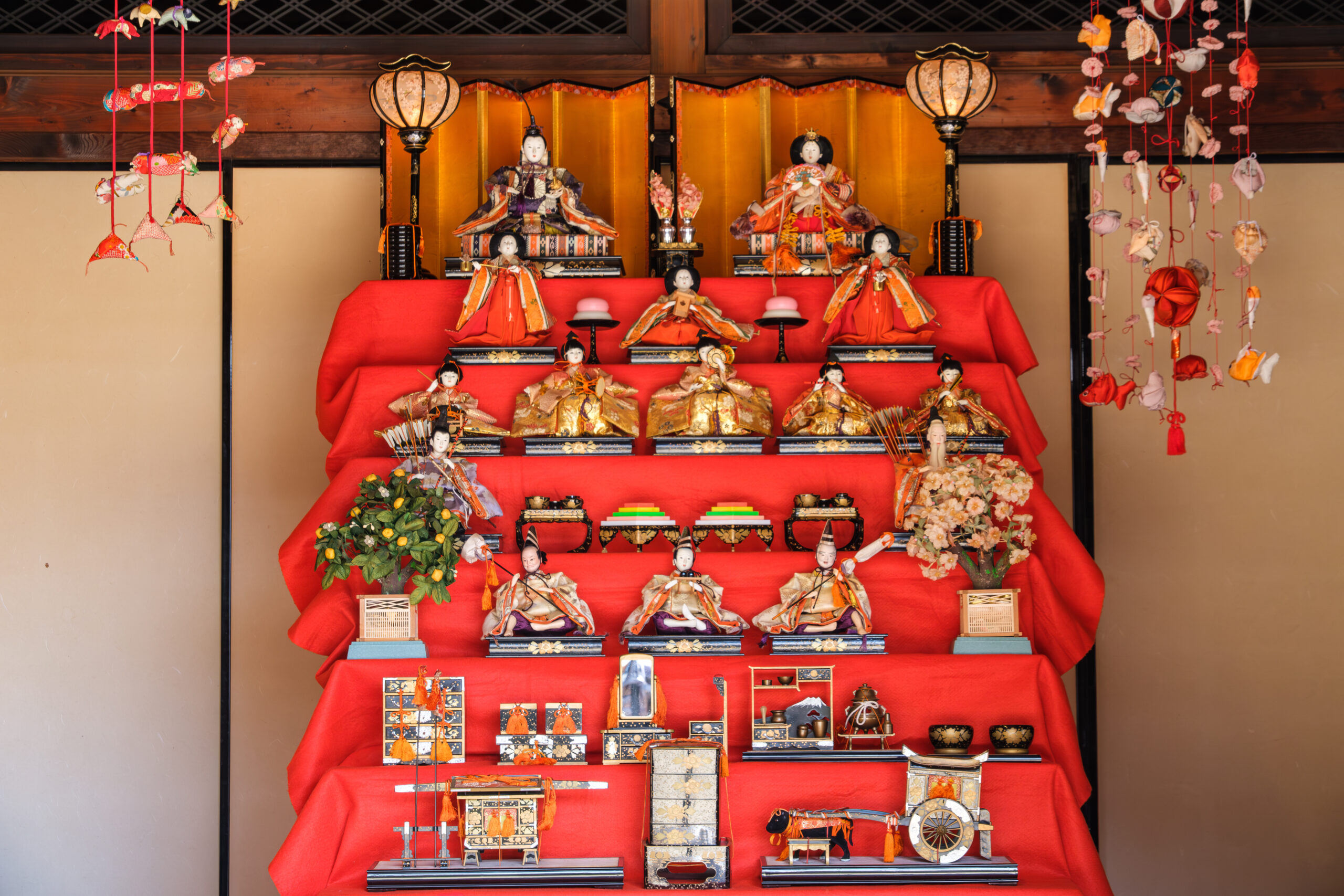
The Elegance of Hina Dolls (雛人形, Hina Ningyō): Symbolism and Cultural Significance
Hina dolls (雛人形, Hina Ningyō) are exquisitely crafted dolls representing the Imperial court (皇居, kōkyū) of the Heian period (794-1185). A full set can be quite elaborate, featuring tiered platforms (雛壇, hinadan) upon which dolls representing the Emperor(お内裏様, Odairi-sama) and Empress (お雛様, Ohina-sama), court ladies (三人官女, San-nin kanjo), five court musicians (五人囃子, Gonin-bayashi), the minister of the left(左大臣, Sadaijin), the minister of the right (右大臣, Udaijin) and three servants(三人上戸, Sannin-jougo) are displayed.
These dolls are not toys; they are art objects treated with great care and respect. Displaying Hina dolls is believed to ward off bad luck and bring good fortune and happiness to daughters. The intricate details of the dolls’ costumes, their serene expressions, and the elegant arrangement of the display all contribute to the refined and graceful atmosphere of Hinamatsuri (雛祭り). Families often display the dolls from mid-February until March 3rd, and traditionally, they are promptly put away after the holiday, as superstition says leaving them out too long will delay a daughter’s marriage.
Peach Blossoms (桃の花, Momo no Hana) and Culinary Delights of Hinamatsuri
Beyond the dolls, peach blossoms (桃の花, Momo no Hana) are another essential symbol of Hinamatsuri (雛祭り). Peach blossoms are associated with femininity, gentleness, and serenity in Japanese culture. They are used as decorations alongside the Hina dolls (雛人形, Hina Ningyō), adding to the festive and spring-like ambiance.
Special foods are also prepared for Hinamatsuri, most notably 菱餅 (Hishimochi), diamond-shaped rice cakes in pink, white, and green layers. The colors and shape of 菱餅 (Hishimochi) are said to have symbolic meanings related to fertility and health. Other traditional Hinamatsuri foods include ちらし寿司 (Chirashizushi), a colorful scattered sushi, うしお汁 (Ushiojiru), a clear clam soup, and 甘酒 (Amazake), a sweet, non-alcoholic rice drink. Sharing these special foods is an important part of the Hinamatsuri celebration, strengthening family bonds and enjoying the flavors of the season.
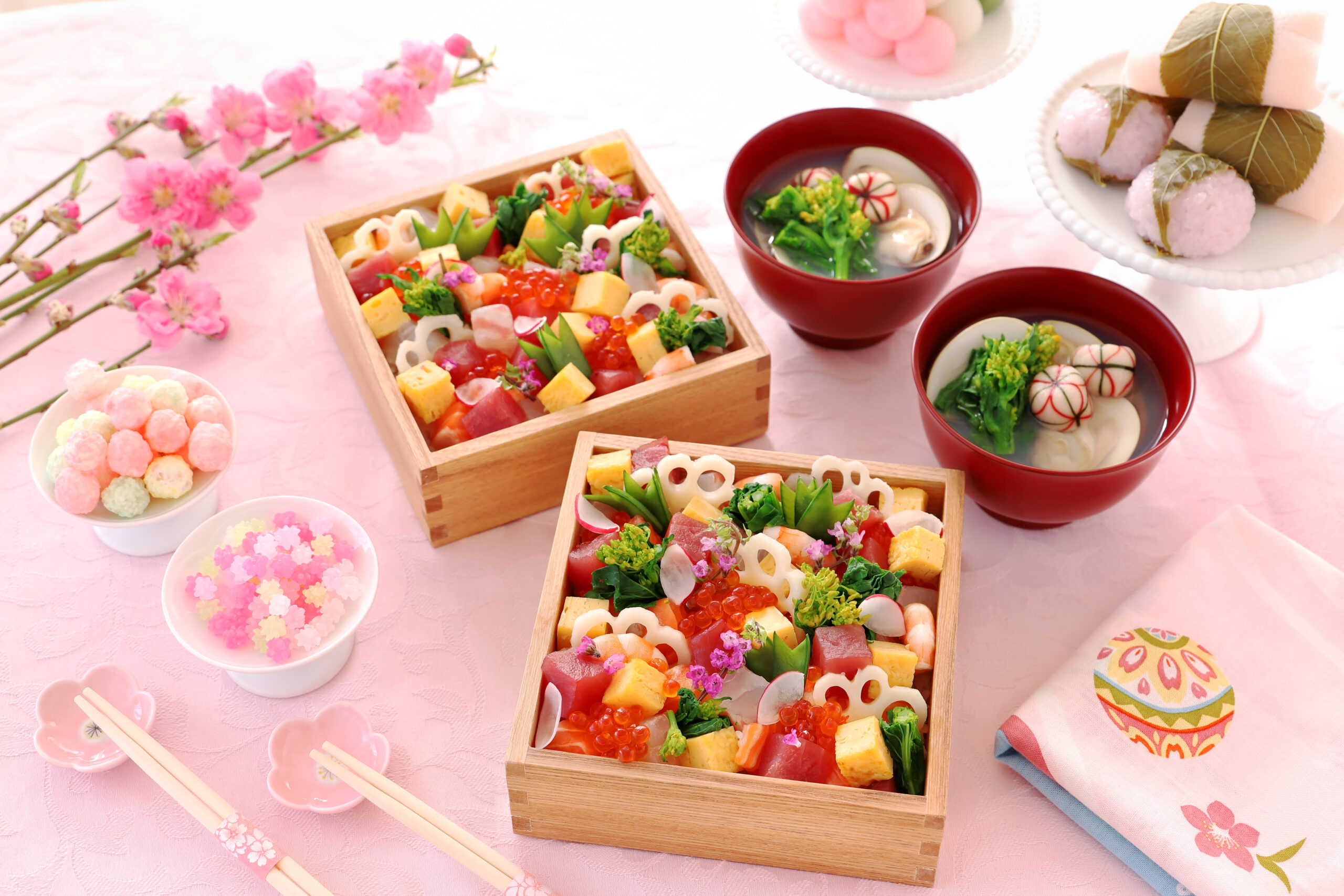
Hanami (花見) Traditions: Embracing Cherry Blossom Season
花見 (Hanami), or cherry blossom viewing, is arguably the most iconic and beloved spring tradition in Japan. While not a national holiday in itself, Hanami is deeply ingrained in Japanese culture and is enthusiastically celebrated throughout the spring 桜 (Sakura) season. It is a time for appreciating the ephemeral beauty of the cherry blossoms and for enjoying the fleeting nature of spring itself. Hanami is more than just admiring flowers; it is a social event, a cultural ritual, and a way to connect with nature and with others.
Hanami’s Enduring Appeal: History and Social Bonding
The tradition of 花見 (Hanami) has a long and rich history in Japan, dating back to the Nara period (710-794). Initially, it was plum blossoms (梅の花, Ume no hana) that were admired, influenced by Chinese culture. However, by the Heian period (794-1185), cherry blossoms (桜の花, Sakura no hana) had become the favored flower, and Hanami evolved into a refined aristocratic pastime. Emperor Saga (嵯峨天皇, Saga Tennō) is said to have held Hanami parties in the Imperial Court in Kyoto, and the practice gradually spread to the samurai class and then to the general populace during the Edo period (1603-1868).
Today, Hanami is a truly national event, enjoyed by people of all ages and social backgrounds. It is a time for social bonding and community. People gather in parks, gardens, and along riverbanks where cherry trees are in bloom to picnic, socialize, sing karaoke, and simply enjoy the beauty of the blossoms together. Companies, schools, and community groups often organize Hanami parties, strengthening relationships and fostering a sense of togetherness. The ephemeral nature of Sakura, blooming for only a short period, is also seen as a metaphor for the fleeting nature of life itself, reminding people to appreciate the present moment and the beauty around them.
Hanami Etiquette: Tips for Respectful and Enjoyable Blossom Viewing
While Hanami is a joyous and relaxed occasion, there are some unspoken etiquette guidelines to ensure a pleasant experience for everyone.
- Securing a good Hanami spot, especially in popular locations, often requires early arrival, sometimes even early in the morning, to lay down picnic blankets and reserve space. It’s generally considered polite to share space and avoid taking up excessively large areas, especially when space is limited.
- Cleanliness is also important. It is customary to take all trash home for disposal, leaving the Hanami spot clean for others to enjoy. While enjoying food and drinks is a central part of Hanami, excessive noise or rowdy behavior is generally frowned upon, especially in more tranquil Hanami locations.
- Respecting the cherry trees themselves is crucial – avoid breaking branches or climbing trees. Simply put, Hanami etiquette is about being considerate of others and respecting the beauty of the natural environment, allowing everyone to fully appreciate the cherry blossoms and the spirit of spring.
Kodomo no Hi (こどもの日) Traditions: Celebrating Boys and Family
こどもの日 (Kodomo no Hi), or Children’s Day, celebrated on May 5th, is a vibrant holiday filled with traditions that express hopes for the healthy growth and future success of children. While now celebrating all children, many of the most recognizable Kodomo no Hi (こどもの日) traditions are historically linked to Boys’ Day (端午の節句, Tango no Sekku), and these customs continue to be prominent in modern celebrations. These traditions are visually striking and deeply symbolic, making どもの日 (Kodomo no Hi) one of the most colorful and festive of the Japanese spring holidays.
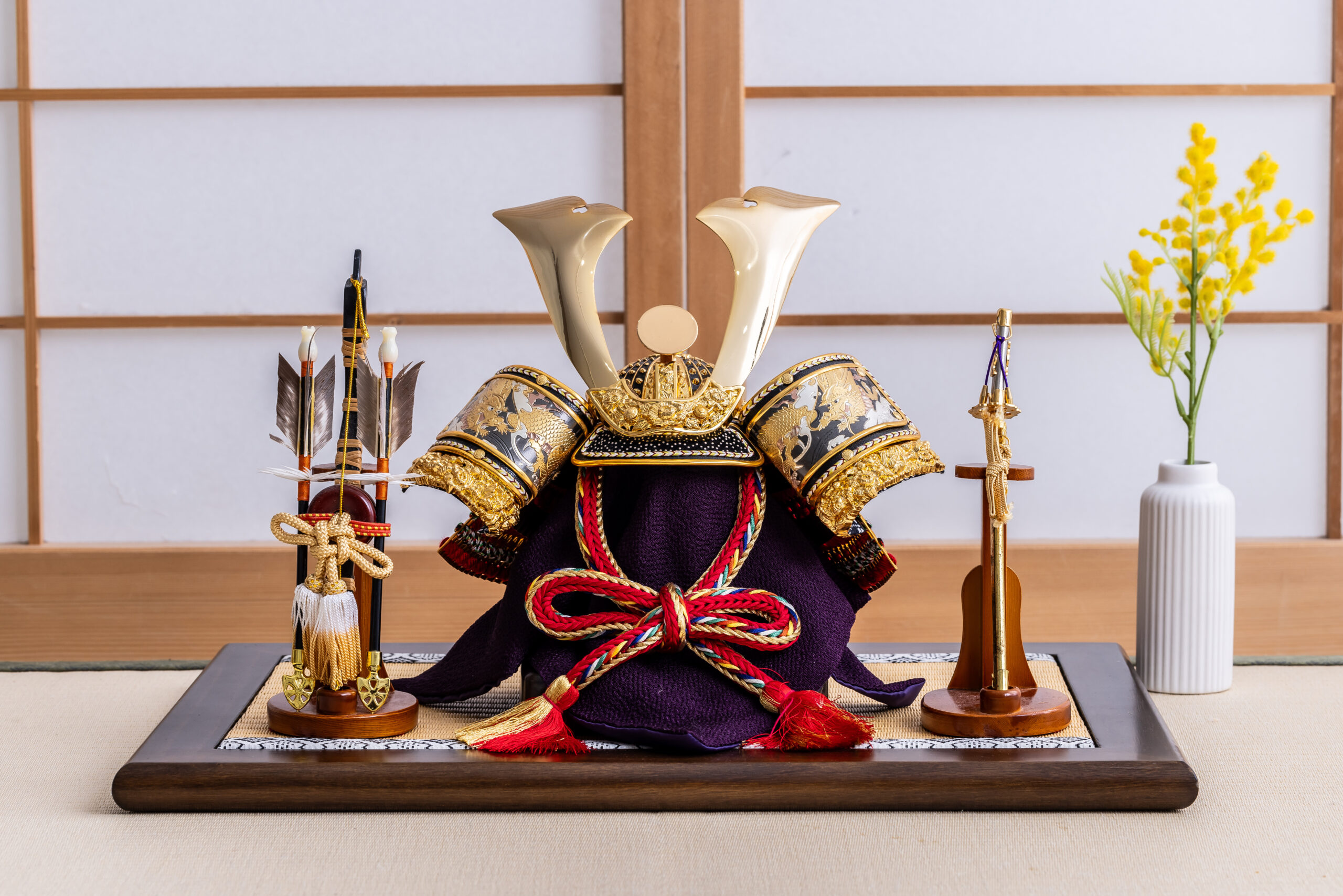
h4 Koinobori (鯉のぼり): Colorful Carp Streamers Symbolizing Strength and Perseverance
Perhaps the most iconic symbol of こどもの日 (Kodomo no Hi) is 鯉のぼり (Koinobori), which are carp-shaped streamers flown outdoors. These 鯉のぼり (Koinobori) are typically made of cloth or paper and are displayed from rooftops, balconies, and poles, fluttering vividly in the spring breeze.
The carp (鯉, koi) is chosen because in Japanese folklore, it is seen as a fish that can swim upstream against strong currents, even waterfalls. This symbolizes strength, perseverance, and determination – qualities that parents wish for their children to possess. Families often display a set of Koinobori, with a black carp (真鯉, Magoi) representing the father, a red or pink carp (緋鯉, Higoi) representing the mother, and smaller carp of different colors for each child in the family. The sight of Koinobori soaring against the blue spring sky is a quintessential image of Kodomo no Hi in Japan.
Kabuto (兜) Helmets and Samurai Dolls (武者人形, Musha Ningyō): Wishes for Protection and Bravery
Another prominent tradition of こどもの日 (Kodomo no Hi) is the display of 兜 (Kabuto) helmets and Samurai dolls (武者人形, Musha Ningyō). Kabuto are traditional Japanese helmets, historically worn by samurai warriors. Displaying Kabuto symbolizes wishes for protection and safety for children, drawing upon the helmet’s historical association with safeguarding warriors in battle. Samurai dolls depict legendary samurai figures or heroes from Japanese folklore. These dolls embody courage, bravery, and strength, and displaying them expresses the hope that children will grow up to be courageous and honorable individuals.
Kabuto and Samurai dolls are often displayed indoors, in homes, and in public places, adding to the visual richness and symbolic depth of こどもの日 (Kodomo no Hi) celebrations.
Kashiwa Mochi (柏餅) and Chimaki (粽): Symbolic Treats for Children’s Day
Special foods are also an integral part of こどもの日 (Kodomo no Hi) celebrations, with 柏餅 (Kashiwa Mochi) and 粽 (Chimaki) being the most representative. Kashiwa Mochi are rice cakes filled with sweet bean paste (餡子, Anko) and wrapped in oak leaves (柏の葉, kashiwa no ha). The oak leaves are significant because oak trees do not shed their old leaves until new buds have sprouted. This symbolizes family continuity and prosperity, representing the wish for future generations to thrive.
粽 (Chimaki) are sticky rice dumplings wrapped in bamboo or reed leaves. Chimaki have Chinese origins and were traditionally associated with warding off evil spirits. In Japan, they became linked to Boys’ Day (端午の節句T, ango no Sekku) and are enjoyed as a festive treat. Both Kashiwa Mochi and Chimaki are delicious and symbolically rich foods that are essential to the こどもの日 (Kodomo no Hi) experience.
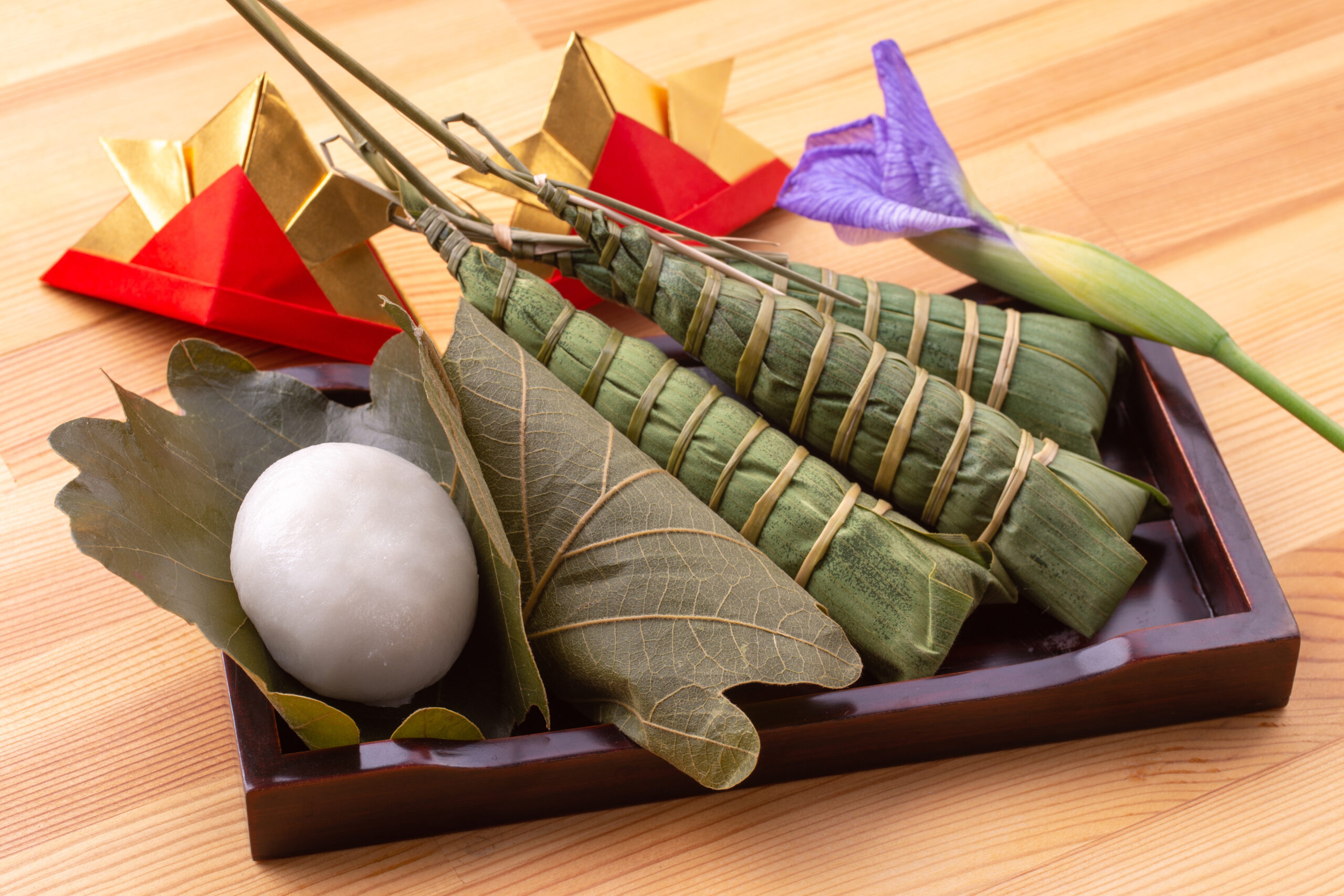
Golden Week (ゴールデンウィーク) Traditions: Leisure and Travel
“Golden Week” (ゴールデンウィーク), is not a single holiday but rather a collection of several national holidays clustered together at the end of April and beginning of May. This creates an extended holiday period, making it one of the most significant leisure and travel seasons in Japan. While there aren’t specific “traditions” in the same way as 雛祭り (Hinamatsuri ) or こどもの日 (Kodomo no Hi) with decorations and symbolic foods, Golden Week has become associated with its own set of characteristic activities and customs related to how Japanese people spend this precious time off.
How Japan Celebrates Golden Week: Family Time, Travel, and Relaxation
The primary “tradition” of Golden Week (ゴールデンウィーク) is simply to enjoy the extended break. For many Japanese people, Golden Week (ゴールデンウィーク) is a valuable opportunity to spend time with family. Families may travel together, visit relatives in their hometowns, or simply spend quality time at home.
Travel is a massive component of Golden Week. Both domestic and international travel surges during this period. Popular destinations within Japan include hot spring resorts, theme parks, and scenic areas. International travel also sees a significant increase, with many Japanese tourists heading to destinations in Asia, Europe, and North America.
Due to the widespread travel, transportation networks, including bullet trains (新幹線, Shinkansen) and airports, are extremely crowded during Golden Week. For those who choose to stay closer to home, relaxation and leisure are also key aspects of Golden Week. People may take the time to pursue hobbies, enjoy outdoor activities like hiking or cycling, or simply relax at home and recharge.
Local Festivals (祭り, Matsuri) and Community Events during Golden Week
While Golden Week (ゴールデンウィーク) is not directly tied to specific traditional festivals like some other spring holidays, many local festivals (祭り, Matsuri) and community events are intentionally scheduled to coincide with this holiday period.
Local communities often organize spring festivals (春祭り, haru matsuri), flower festivals (花祭り, hana matsuri), and other events to attract visitors and boost local economies during the holiday break. These festivals can range from traditional parades and street performances to food stalls and games. Visiting a local festival during Golden Week offers a chance to experience regional culture and community spirit, adding another layer to the Golden Week holiday experience beyond personal leisure and travel.
Want to know more about spring travel in Japan? Read the articles below!
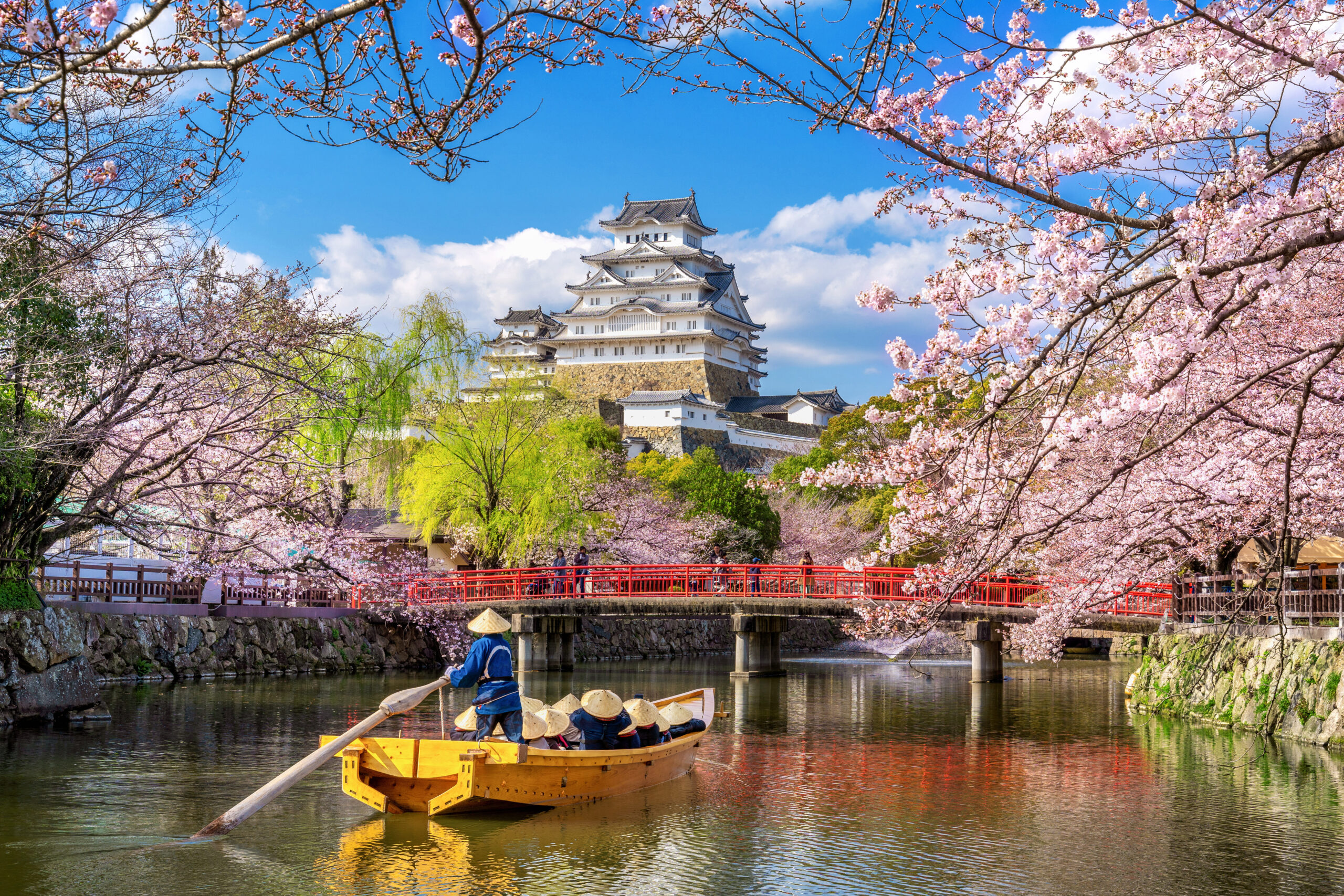
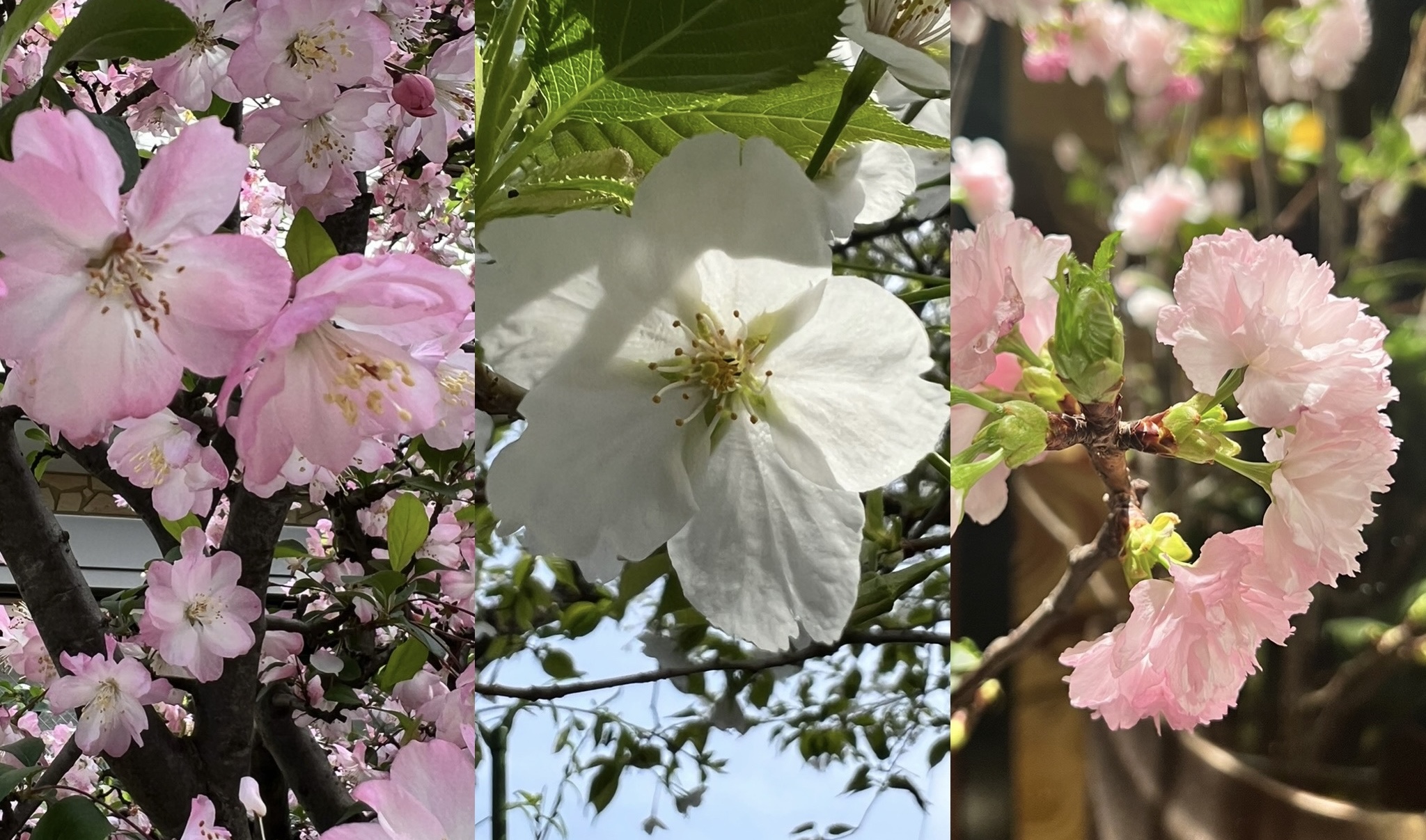
Must-Experience Spring Cultural Events in Japan
Beyond Holidays: Enriching Spring Cultural Events
While national holidays provide a framework for spring celebrations, the season in Japan is further enriched by a diverse array of cultural events that extend beyond these official days. These events, often local and regional in nature, offer unique opportunities to experience the vibrancy of Japanese spring culture in various forms. From lively festivals and culinary showcases to traditional arts and performances, these spring cultural events provide a deeper and more nuanced understanding of how Japan celebrates this special season. They are a chance to engage with local communities, witness time-honored traditions in action, and savor the unique atmosphere of spring in different parts of Japan.
Diverse Spring Events Showcasing Japanese Culture
Japan’s spring events are surprisingly diverse, reflecting the country’s rich cultural tapestry. Many festivals, large and small, are held throughout the spring months, celebrating everything from local deities and historical figures to seasonal harvests and natural wonders. Culinary events highlight the fresh, seasonal ingredients that are at their peak in spring, offering a delicious way to experience the flavors of the season.
Traditional arts also flourish in spring, with special performances of 能 (Noh) and 歌舞伎 (Kabuki) theater, as well as art exhibitions and craft fairs showcasing spring-inspired themes. These diverse spring events cater to a wide range of interests and offer something for everyone seeking to immerse themselves in Japanese spring culture.
Spring Festivals (春祭り, Haru Matsuri) Across Japan: Community Spirit and Lively Celebrations
Spring festivals (春祭り, Haru Matsuri), or simply 祭り (Matsuri), are a key season in Japanese cultural life, with many lively festivals taking place all around the country. These festivals are deeply rooted in local communities and often have religious origins, typically associated with Shinto shrines (神社, Jinja) or Buddhist temples (寺, Tera). However, spring festivals are enjoyed by everyone, regardless of religious affiliation, and are characterized by their lively atmosphere, communal spirit, and engaging activities. They are a fantastic way to witness Japanese culture in action and experience the energy of local communities coming together in celebration.
Regional Spring Festival Highlights: Examples from Different Prefectures
Japan’s diverse geography and regional cultures mean that spring festivals (春祭り, Haru Matsuri) vary significantly across the country. For example, the Hirosaki Cherry Blossom Festival (弘前さくらまつり, Hirosaki Sakura Matsuri) in Aomori Prefecture is famous for its stunning cherry blossoms and illuminated castle park, attracting visitors from all over Japan.
In Kyoto, 都をどり (Miyako Odori) is a renowned spring dance festival performed by Kyoto geisha (芸妓, Geiko) and apprentice geisha (舞妓, Maiko), showcasing traditional Japanese dance and artistry. Further south in Fukuoka, the 博多どんたく (Hakata Dontaku Festival), held during Golden Week (ゴールデンウィーク), is a large-scale, energetic festival featuring parades, floats, and street performances, drawing millions of spectators.
These are just a few examples, and countless other local spring festivals take place throughout Japan, each with its own unique character and regional flavor.
We also recommend checking out these articles!

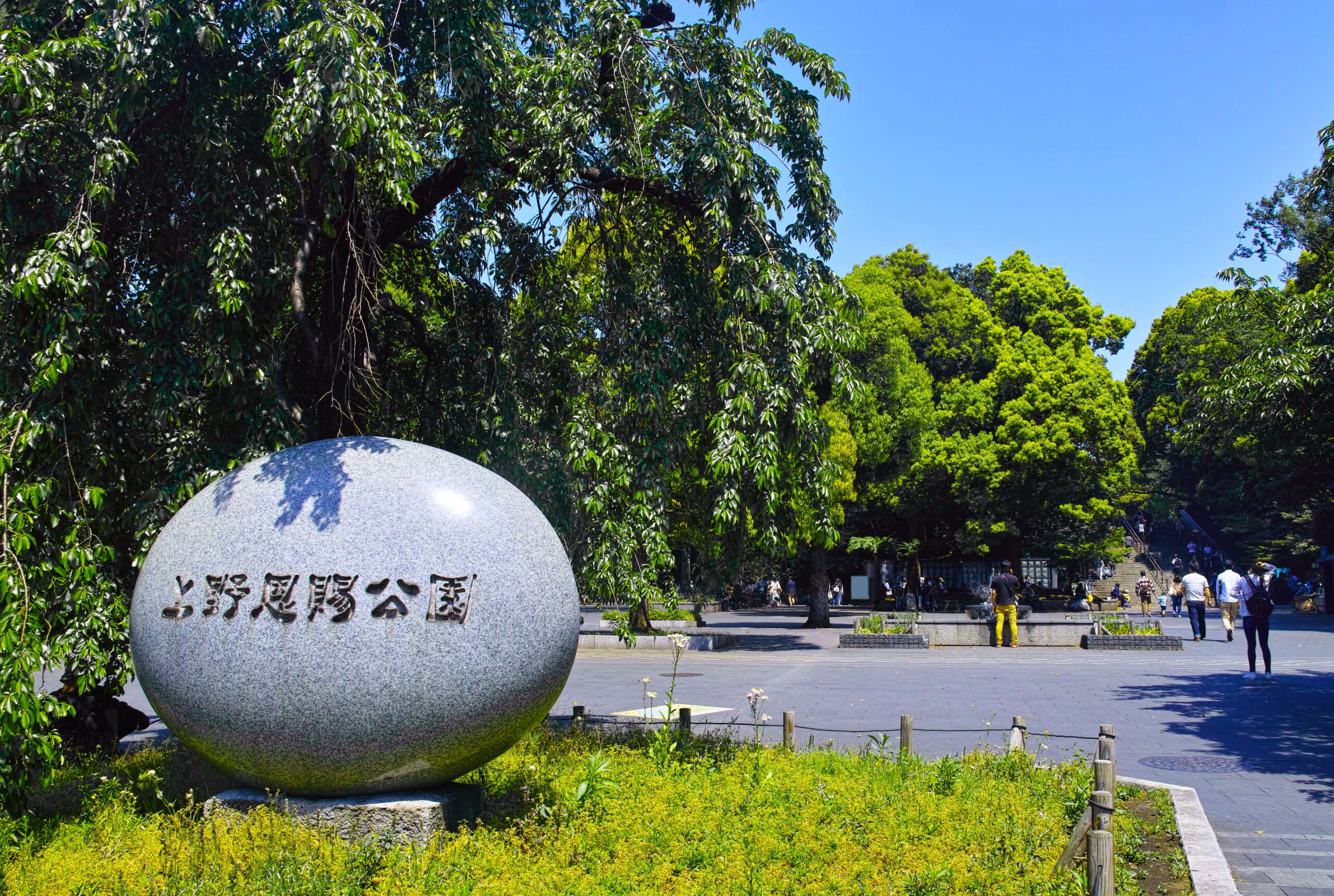
Experiencing a Japanese Spring Festival: Sights, Sounds, and Tastes
Attending a Japanese spring festival (春祭り, Haru Matsuri) is a sensory feast. Visually, festivals are often incredibly colorful, with vibrant decorations, traditional costumes, and the spectacle of parades and performances. The sounds of 祭り (Matsuri) are equally captivating, from the rhythmic beating of Taiko drums (太鼓, taiko) and the melodic strains of flutes (笛, fue) to the lively chatter of crowds and the excited shouts of vendors.
Food stalls (屋台, Yatai) are an essential part of any 祭り (Matsuri) experience, offering a tempting array of street food and festival snacks. You can sample local specialties, from savory 焼き鳥 (yakitori) skewers and たこ焼き (takoyaki) octopus balls to sweet treats like 綿あめ (wata-ame) cotton candy and 焼き餅 (yakimochi) grilled rice cakes. Experiencing a 春祭り (Haru Matsuri) is a truly immersive cultural encounter that engages all the senses and provides lasting memories.
Savoring Spring Flavors: Seasonal Food and Culinary Events
Spring in Japan is not only a feast for the eyes but also for the palate. “旬 (Shun)“, the Japanese concept of savoring food at its peak seasonal flavor, is highly valued in Japanese culinary tradition. and spring offers a bounty of fresh, flavorful ingredients. Beyond individual dishes, food festivals and culinary events dedicated to spring flavors are popular ways to celebrate the season’s gastronomic delights. These events range from large-scale food fairs to smaller, local markets, offering a chance to sample a wide variety of spring delicacies.
Spring Ingredients: Celebrating Seasonal Produce like Bamboo Shoots and Strawberries
Spring ingredients are prized for their freshness and delicate flavors. Bamboo shoots (竹の子, takenoko), harvested in spring, are a quintessential spring vegetable, prepared in various ways, from grilled and simmered dishes to flavorful rice dishes (筍ご飯, takenoko gohan).
Strawberries (苺, ichigo) are another beloved spring fruit, enjoyed fresh, in desserts, and at dedicated strawberry picking (苺狩り, ichigo gari) farms.
Other notable spring ingredients include fava beans (空豆, soramame), spring cabbage (春キャベツ, haru kyabetsu), asparagus, and various types of spring fish like sea bream (鯛, tai). Japanese cuisine in spring emphasizes light, fresh flavors and highlights the natural taste of these seasonal ingredients, often prepared with simple yet elegant techniques.
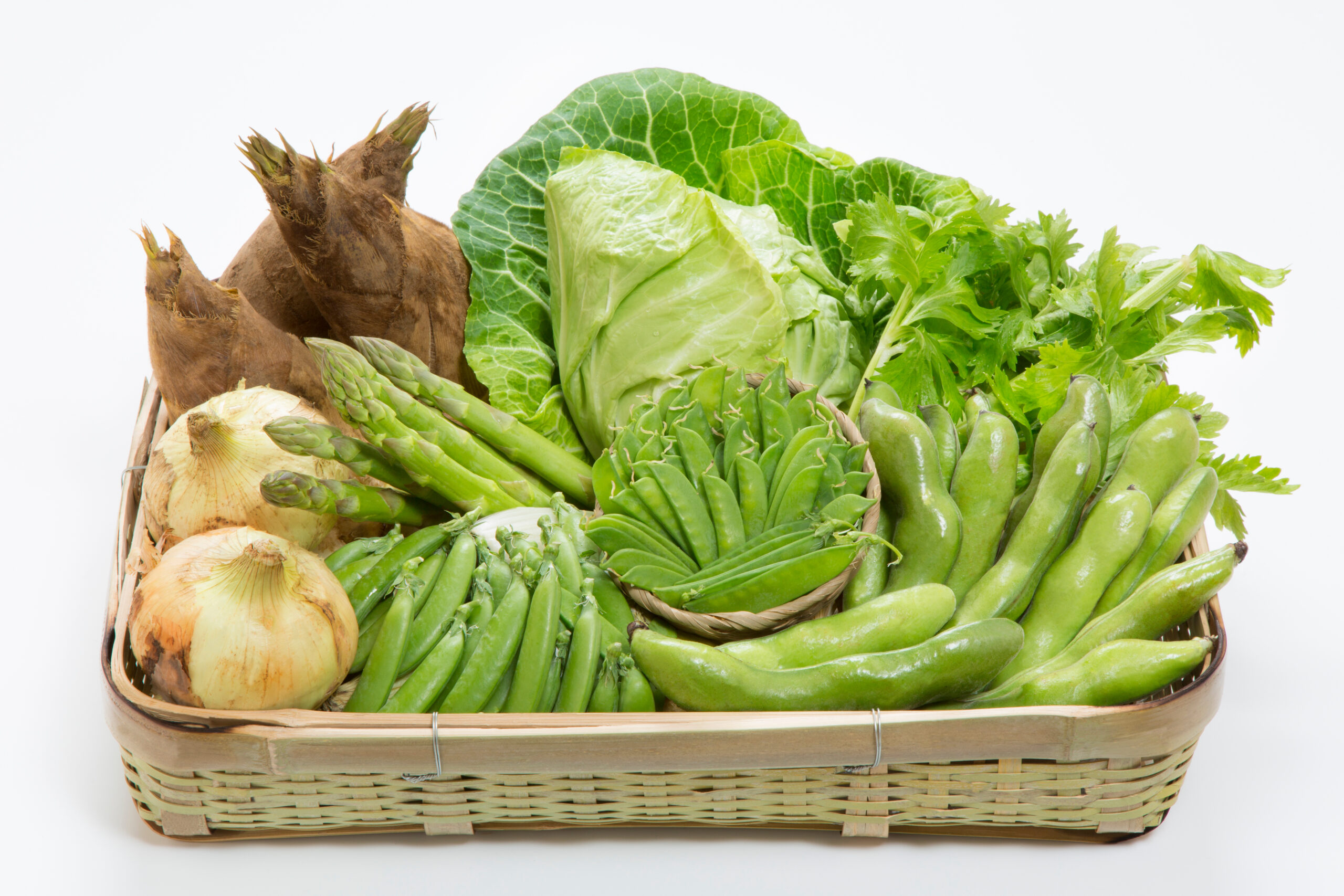
Food Festivals and Spring Culinary Markets
To fully appreciate the culinary richness of spring, attending a food festival or visiting a spring culinary market is highly recommended. Food festivals dedicated to spring often showcase regional specialties and seasonal dishes, offering a concentrated taste of spring flavors from a particular area.
Culinary markets, often held in parks or public spaces, bring together local farmers, producers, and food vendors, offering fresh spring ingredients, prepared foods, and artisanal products. These events are not only a great place to sample delicious food but also to learn about Japanese culinary traditions and support local producers.
Whether it’s a large-scale festival or a smaller local market, these spring food events are a delightful way to experience the taste of spring in Japan.
Appreciating Traditional Spring Arts and Performances
Spring in Japan also provides a beautiful backdrop for experiencing traditional Japanese arts and performances. The season’s gentle weather and uplifting atmosphere make it an ideal time to enjoy cultural pursuits, and many theaters, museums, and art galleries host special spring programs and exhibitions. From the refined artistry of 能 (Noh) and 歌舞伎 (Kabuki) theater to the delicate beauty of spring-themed art, spring offers a rich cultural landscape to explore.
Noh (能) and Kabuki (歌舞伎) Theater: Spring Performances
能 (Noh) and 歌舞伎 (Kabuki) are two of Japan’s most iconic traditional theater forms, and spring is a wonderful time to experience these art forms. 能 (Noh) is known for its minimalist aesthetic, masked actors, and stylized movements, often depicting stories from Japanese folklore and history. 歌舞伎 (Kabuki), on the other hand, is known for its dramatic performances, vibrant costumes, and elaborate stage sets, often featuring historical plays and stories of love and conflict.
Many theaters across Japan, particularly in major cities like Tokyo and Kyoto, schedule special spring performances of 能 (Noh) and 歌舞伎 (Kabuki), sometimes with spring-themed programs or outdoor performances that allow audiences to enjoy the pleasant spring weather. Experiencing 能 (Noh) and 歌舞伎 (Kabuki) in spring offers a unique and culturally enriching way to appreciate Japanese traditional arts.
Spring-Inspired Art Exhibitions and Craft Fairs
Art museums and galleries across Japan often host spring-themed art exhibitions during this season. These exhibitions may feature traditional Japanese art, such as paintings, calligraphy (書道, shodō), and sculptures, with motifs of cherry blossoms, spring landscapes, and other seasonal imagery. Craft fairs, also popular in spring, showcase the work of local artisans and craftspeople.
These fairs offer a chance to admire and purchase handmade crafts, including ceramics, textiles, woodwork, and other traditional crafts, often with spring-inspired designs or using seasonal materials. Visiting a spring art exhibition or craft fair can provide a deeper and more aesthetic appreciation of spring culture and art in Japan.
Conclusion
The Enduring Charm of Japanese Spring Holidays and Cultural Traditions
As we have explored, Japanese spring holidays are far more than just a break from routine; they are a vibrant expression of Japanese culture deeply rooted in history, values, and traditions. From the reflective solemnity of Vernal Equinox Day (春分の日, Shunbun no Hi) to the joyful exuberance of Children’s Day (こどもの日, Kodomo no Hi) and the communal delight of Hanami (花見), each holiday offers a unique lens through which to understand the Japanese worldview and its appreciation for nature, family, community, and peace. These spring celebrations, passed down through generations, continue to hold a vital place in modern Japanese society, providing a sense of continuity and cultural identity.
Embrace the Beauty and Depth of Japanese Spring Culture
The beauty of spring in Japan is undeniable, from the iconic cherry blossoms to the fresh green landscapes. However, to truly experience the essence of the season, it is essential to delve deeper into the cultural heart of Japanese spring. By understanding the meanings behind the holidays and engaging with the traditions, you can move beyond superficial appreciation and gain a richer, more profound understanding of what makes spring so special in Japan.
Whether it’s admiring Hina dolls (雛人形, Hina Ningyō), picnicking under cherry trees, or participating in a local festival, immersing yourself in these cultural experiences will create lasting memories and a deeper connection to Japan.
Encouragement to Explore and Experience Japanese Spring Holidays
We encourage you to explore the captivating world of Japanese spring holidays for yourself. Whether you are planning a trip to Japan during this season or simply seeking to learn more about Japanese culture from afar, take the time to discover the dates, meanings, and traditions of these special days.
Engage with 花見 (Hanami) culture, try seasonal spring foods, and if possible, seek out local spring festivals in your area or online. By embracing the beauty and depth of Japanese spring culture, you will unlock a new level of appreciation for this enchanting season and the rich heritage of Japan.
FAQ about Japanese Spring Holidays
What are the main Japanese spring holidays and their dates?
The main Japanese spring holidays are a series of national holidays celebrated in March, April, and May. They are:
- Vernal Equinox Day (春分の日, Shunbun no Hi): Around March 20th or 21st (date varies annually).
- Showa Day (昭和の日, Showa no Hi): April 29th.
- Constitution Memorial Day (憲法記念日, Kenpo Kinenbi): May 3rd.
- Greenery Day (みどりの日, Midori no Hi): May 4th.
- Children’s Day (こどもの日, Kodomo no Hi): May 5th.
These holidays are concentrated in late spring, with several falling within Golden Week (ゴールデンウィーク), making it a significant holiday period in Japan.
What are some key traditions associated with Japanese spring holidays?
Key traditions vary depending on the specific holiday, but some prominent examples include:
- 花見 (Hanami): Cherry blossom viewing parties, a widespread social custom during spring.
- Hina Dolls (雛人形, Hina Ningyō) display: Elegant doll displays for 雛祭り (Hinamatsuri) (Girl’s Day).
- 鯉のぼり (Koinobori) display: Carp-shaped streamers flown for こどもの日 (Kodomo no Hi) (Children’s Day).
- Visiting ancestral graves: A custom for Vernal Equinox Day (春分の日, Shunbun no Hi) to honor ancestors.
- Eating special foods: Specific dishes and sweets associated with each holiday, such as 菱餅 (Hishimochi) for 雛祭り (Hinamatsuri ) and 柏餅 (Kashiwa Mochi) for こどもの日 (Kodomo no Hi).
- Attending local festivals (祭り, matsuri): Many spring festivals and community events take place throughout the season, especially during Golden Week (ゴールデンウィーク).
Are Japanese spring holidays mostly for families or are they enjoyed by everyone?
While some spring holidays have strong family-oriented aspects, such as 雛祭り (Hinamatsuri) and こどもの日 (Kodomo no Hi), Japanese spring holidays are generally enjoyed by everyone in society. 花見 (Hanami) is a highly social activity enjoyed by people of all ages and social groups, from families and friends to companies and community organizations.
Golden Week (ゴールデンウィーク) is a national leisure period, with many people traveling and enjoying time off work and school, regardless of family status. Even holidays like Vernal Equinox Day (春分の日, Shunbun no Hi) and Showa Day (昭和の日, Showa no Hi), while having reflective elements, are observed nationally and contribute to the overall spring holiday atmosphere.
What are some typical foods eaten during Japanese spring holidays?
Typical foods for Japanese spring holidays are often symbolic and seasonally inspired:
- 菱餅 (Hishimochi): Diamond-shaped rice cakes for 雛祭り (Hinamatsuri), with colors representing fertility and health.
- ちらし寿司 (Chirashizushi): Colorful scattered sushi, also for 雛祭り (Hinamatsuri), representing celebration.
- 柏餅 (Kashiwa Mochi): Rice cakes wrapped in oak leaves for こどもの日 (Kodomo no Hi), symbolizing family continuity.
- 粽 (Chimaki): Sticky rice dumplings wrapped in bamboo or reed leaves, also for こどもの日 (Kodomo no Hi), a festive treat.
- Seasonal spring vegetables: Dishes featuring bamboo shoots (竹の子, takenoko), spring cabbage (春キャベツ, haru kyabetsu), and other fresh spring produce.
- 桜餅 (Sakuramochi): Cherry blossom flavored rice cakes, enjoyed throughout the Sakura season.
What’s a practical way to enjoy Japanese spring holidays?
A practical way to really enjoy Japanese spring holidays is to actively participate in the traditions. Don’t just look at cherry blossoms, join a Hanami (花見) picnic! Instead of only reading about festivals, attend a local spring festival to experience the lively atmosphere and try festival foods. Seek out seasonal dishes like 筍ご飯 (Takenoko gohan) and 桜餅 (Sakuramochi) to taste spring. Visit a shrine (神社, Jinja) on Vernal Equinox Day (春分の日, Shunbun no Hi) to observe ancestor remembrance.
By actively engaging, you move beyond just seeing the holidays to truly experiencing their cultural richness and making lasting memories.
